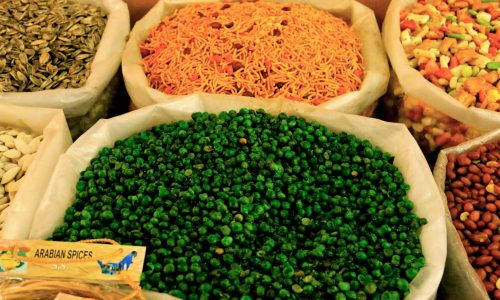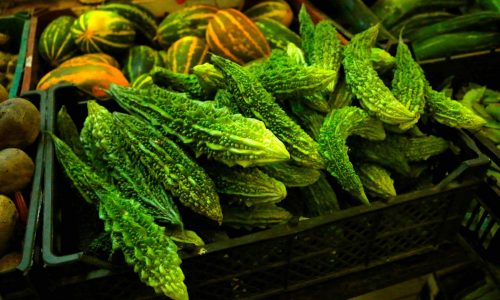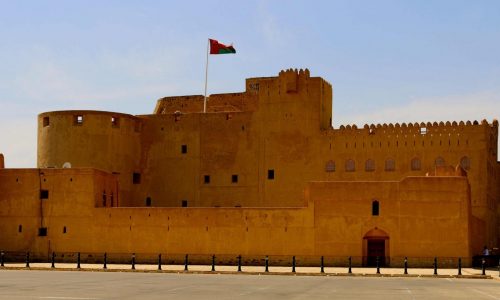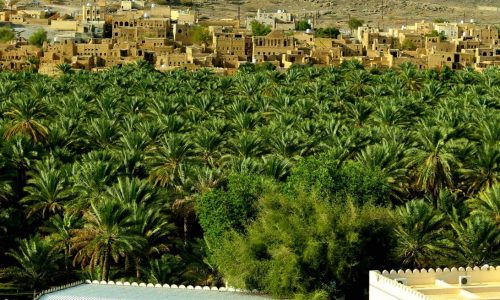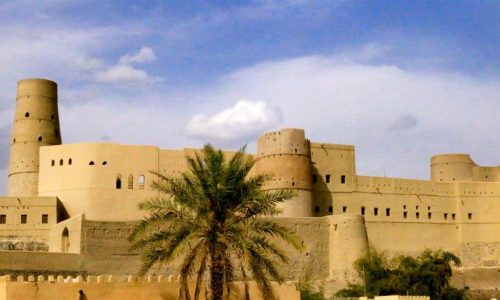Secret Oman
Colourful Souq's of Secret Oman
Secret Oman is unquestionably a country of unseen beauty. Dramatic mountainous landscapes telling a tale of ancient traditions and secret treasures.
The interior city of Nizwa showcases Nizwa Fort and Omani traditions from as far back as the 1st century AD. The architectural designs and resemblance to a bygone era are fascinating.
Every morning you wake in Secret Oman, your senses are aroused by the smell of freshly brewed coffee infused with a hint of rosewater.
The country has a intriguing history on how “dates” play a large part in Omani culture. Ancient ruins spread over a dramatic landscape are with a sense of remoteness. Silence fills the air imagining how life would have been.
Significantly pristine roads make for easy driving in Secret Oman. From the stunning Hajar Mountains to the desert of Wahiba Sands. Bedouin culture vastly different in contrast to the mountainous north. Islam the official religion and Arabic the main language with English, Kiswahili and Indian widely spoken.
Secret Oman | When to Travel
Travelling in and around Secret Oman, undeniably better done in the cooler months of the year. The days are more temperate and comfortable. Mountainous regions are accessible all year round and provide relief from the oppressive summer heat.
Consequently the time to visit Secret Oman will be in the winter months from October to April. The daily temperatures averaging between 25 – 35 degrees celsius. The rugged mountainous landscape around Jebel Shams features an arid climate. With an altitude of 2000m that brings pleasant temperatures in the winter months. Summer sees temperatures soar to 50 degrees celsius and are predominately hot and dry. The terrain is diverse with most rainfall occurring in winter months.
Whereas the desert interior of the country remains hot and dry with minimal rain falling annually. During the summer months Muscat is affected by the Sharmal Winds. Generally brings a haze of dust lasting until the night.
As October approaches the baking hot days of summer are now coming to an end, arid mountain areas are starting to dry out and light rain is confined to the coastal areas.
Region Focus
Oman’s geography and diverse terrain is simply stunning in its appearance and particularly attracts geologists from all over the world. Earthy rock patterns, ancient formations are fascinating to the eye. Moreover how they were formed many centuries ago. This beautiful country is made up of eight regions all offering a totally different experience. Whether your preference is for romance or adventure Oman has it all.
Contrasting scenery runs from the rocky mountains to green inland oasis’s in the south. Hence creating a spectacular backdrop for any photo. For the most part ancient history, culture and traditions play an important role in everyday Omani life. From frankincense, rose water and the infamous date palm.
Each region having its own attraction or adventure, you can’t but help notice how the new modern day naturally blends in with the old. Impressively in each area that you visit there is a sense of pride and cleanliness. Old iconic watch towers are intriguing as you move through each province. On the southeast coast the small town of Sur, home to the traditional dhow builders and the ancient trade port to East Africa.
Secret Oman, ancient cities, dramatic mountains to an enclave of hidden paradise Al Dakhiliah Region.
The region of Al Dakhiliah famous for its towering forts and some of Oman’s most rugged terrain. Local handicrafts, pottery and silverware are stunningly beautiful as you venture through the countries most colourful souq’s. Journeying out of the city of Muscat you just can’t help but notice how well and wide the paved roads are. The two hour journey towards Nizwa is full of dramatic rock formations and colourful small towns. This ancient city was once the capital of Oman back in the 6 – 7th century. Famous for its historical monuments and handicrafts Nizwa Souq is alive and full of colour. While walking through the market you will see an array of fruit, vegetables, spices, silverware and pottery. What’s more the smell of freshly brewed coffee will touch your senses.
Bahla infamous for its traditional ceramic pieces.
The most reputable piece is the Omani water jug which decorate many an entrance way today. Surrounding the town is the old rock wall which partially still stands today and the UNESCO world heritage site Bahla Fort. The fort is currently being restored back to its original glory. Myths and magical legends make Bahla an intriguing little town to visit.
Outside of the town of Bahla is the Castle of Jabreen, this impressive castle in all it’s beauty instantly commands your attention. The perfectly placed decor and architecture tell a story of the Home of the Imams. Like many of the Omani forts the special rooms set out for long term storage of dates were simply fascinating. Using the thick syrup as a form of defence in the event of an attack, would be at boiling point ready to pour on unsuspecting enemies
Where magnificent mountains meet desert sands an area known as the “empty quarter” Al Dahirah Region. Drawn to this region at the foot of the Hajar mountains are endless desert sands and archeological treasures.
Secret Oman continued…
Still to this day old stone walls surround a palm fringed oasis and ancient settlement. Full of wonder and history is the town of Ibri a traditional caravan route nestled in between the magnificent Hajar mountains and desert sands of Rub Al Khali. The colourful town includes the Ibri Souq famous for its wares and the old ruins of Silayf.
To the East of Ibri is Bat one of Oman’s UNESCO world heritage sites. The archaeological history provides an insight to how human settlements were as far back as early BC.
“East of Oman” Sharqiah an ancient gate way for India and East Africa Al Sharquiah Region.
Significantly different this area is stunning from the desert dunes to the ancient trade town of Sur. The Indian Ocean hugs the coastline and the green like oasis of Khalid softens a somewhat harsh landscape. Surprisingly, the town of Sur is fascinating by its traditional building of Dhows that stand tall before you. The area is split up into three areas of desert, the Indian coastline and the city of Sur. Raz Al Jinz home to the sea turtle and are fascinating to see in breeding season.
One of our favourite places to stay is at the Alila Jabal Akhdar as it has expansive mountain views and a contemporary feel.
Located in the heart of the Al Hajar Mountains its rugged terrain and uninhabited villages make it an amazing place to explore.Undoubtedly we think you will find Oman how do you say quite “surprising”.
For more information on an Oman adventure feel free to give us a call or alternatively pop us an email!
Select another destination below
Want to chat about your next African safari holiday?
Our trip planners are destination specialists and here to help you every step of the way.

